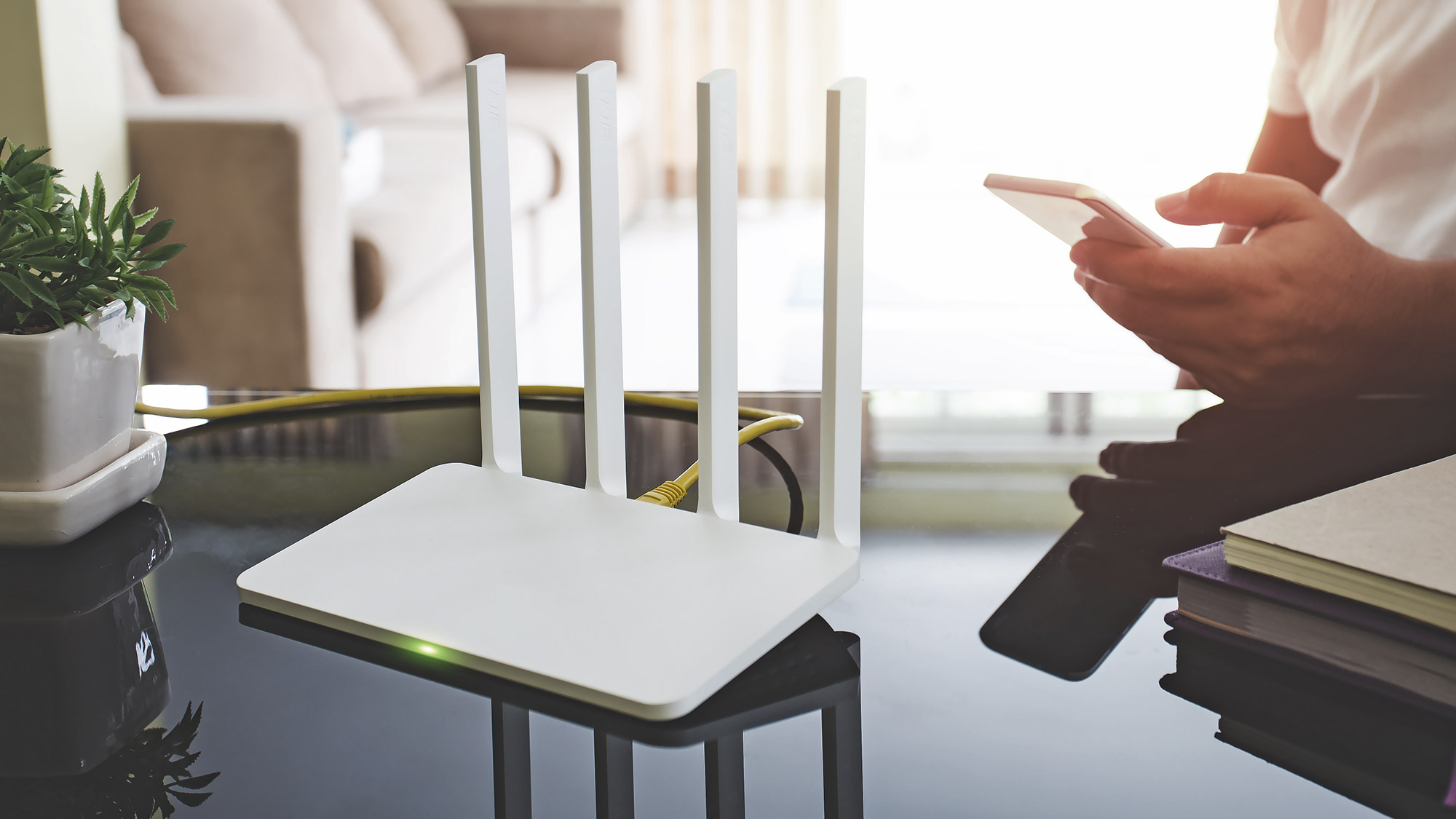Think you know what Wi-Fi stands for? Get ready for a surprise
Neither an acronym nor an abbreviation

Although wireless connectivity is something we all take for granted these days, the term “Wi-Fi” doesn’t actually stand for what many of us think it does.
If you’re shaking your head saying that Wi-Fi stands for “wireless fidelity,” you’re actually wrong as the term itself doesn’t really mean anything. Instead, it was created by the brand consultancy Interbrand as a pun on the word hi-fi (short for high fidelity).
According to a report from the Huffington Post and spotted by PC Gamer, even the U.S. military believed for quite a while that Wi-Fi stood for wireless fidelity, so don’t feel bad if you got the answer wrong.
The fact that Wi-Fi doesn’t stand for wireless fidelity is interesting enough in its own right but the story regarding how we found this out may also surprise you.
“The Standard for Wireless Fidelity”
In a post on the site Boing Boing from all the way back in 2005, sci-fi author and blogger Cory Doctrow explained that Phil Belanger, one of the founding members of the Wi-Fi Alliance, said in an interview that “Wi-Fi doesn’t stand for anything” nor is it an acronym.
Both the term Wi-Fi and its ying yang style logo were created by Interbrand as we mentioned above. Before Wi-Fi was released for consumers in 1997, the founding members of the Wireless Ethernet Compatibility Alliance (now the Wi-Fi alliance) hired Intrabrand to come up with the name and logo for this new form of wireless connectivity.
Wi-Fi was originally named IEEE802.1 which refers to a set of standards for communication over wireless local area networks or WLANs. As IEEE802.1 wasn’t easy to remember nor was it catchy, the Wi-Fi Alliance turned to Interbrand for help as the brand consultancy was responsible for creating “Prozac,” “Compaq,” and many other well known brands.
Sign up to get the BEST of Tom's Guide direct to your inbox.
Get instant access to breaking news, the hottest reviews, great deals and helpful tips.
The reason the term wireless fidelity began getting thrown around though is due to the fact that Belanger’s colleagues were afraid and, according to him, didn’t understand branding or marketing. They just couldn’t imagine using the name Wi-Fi without some sort of literal explanation.
This led to a compromise and the founding members of the Wi-Fi Alliance agreed to include the tag line “The Standard for Wireless Fidelity” along with the name Wi-Fi. Interbrand actually proposed a list of 10 names to the group; if things had gone differently, Wi-Fi might be known as Skybridge, Torchlight, Transpeed, Elevate or even Flyover today.

Wi-Fi standards over the years
Since its launch in 1997, Wi-Fi has gone through many changes and iterations which added new features, improvements and better download speeds.
While the first five generations of Wi-Fi weren’t numbered, the Wi-Fi Alliance decided to introduce numbers in 2018 to indicate what equipment supports the latest standard.
The first generation of Wi-Fi supported the 802.11 IEEE (Institute of Electrical and Electronics Engineers) standard and had a maximum speed of 1-2 Mbps. With the next generation (802.11b), the download speed was bumped up to 1-11 Mbps, but it wasn’t until the release of 802.11a (6-54 Mbps) that the 5 Ghz band was first introduced.
While 802.11n (72-600 Mbps) went back to using just the 2.4 Ghz band, 802.11n was the first to use both the 2.4 and 5 Ghz bands simultaneously. From here, 802.11ac (retroactively named Wi-Fi 5) was released in 2014 followed by Wi-Fi 6 in 2019 and then just a year later, Wi-Fi 6E in 2020.
If you’ve been holding off on upgrading to one of the best Wi-Fi routers or even one of the best mesh routers, you may want to wait just a while longer as Wi-Fi 7, which has a maximum download speed of 40 Gbps, will likely be released next year.
Wi-Fi isn’t going anywhere anytime soon
So now you know how Wi-Fi really got its name and just like other popular terms, it’s here to stay. Sure there are now numbers for each new generation of wireless standards but the term itself has become ingrained in our increasingly digital lives.
While we’re on the subject, I bet you didn’t know Bluetooth was originally called IEEE 802.15.1. Jim Kardach, a mobile computing engineer from Intel, suggested the name it’s known as today, as he was reading a book about Vikings that featured King Harald Bluetooth Gormsson at the time.

Anthony Spadafora is the managing editor for security and home office furniture at Tom’s Guide where he covers everything from data breaches to password managers and the best way to cover your whole home or business with Wi-Fi. He also reviews standing desks, office chairs and other home office accessories with a penchant for building desk setups. Before joining the team, Anthony wrote for ITProPortal while living in Korea and later for TechRadar Pro after moving back to the US. Based in Houston, Texas, when he’s not writing Anthony can be found tinkering with PCs and game consoles, managing cables and upgrading his smart home.
